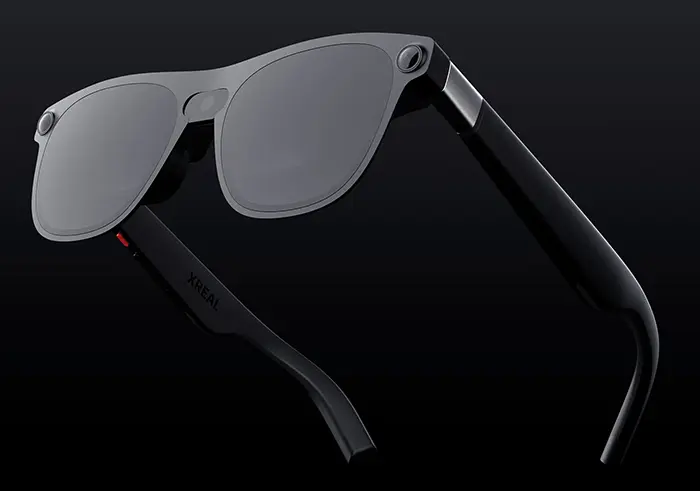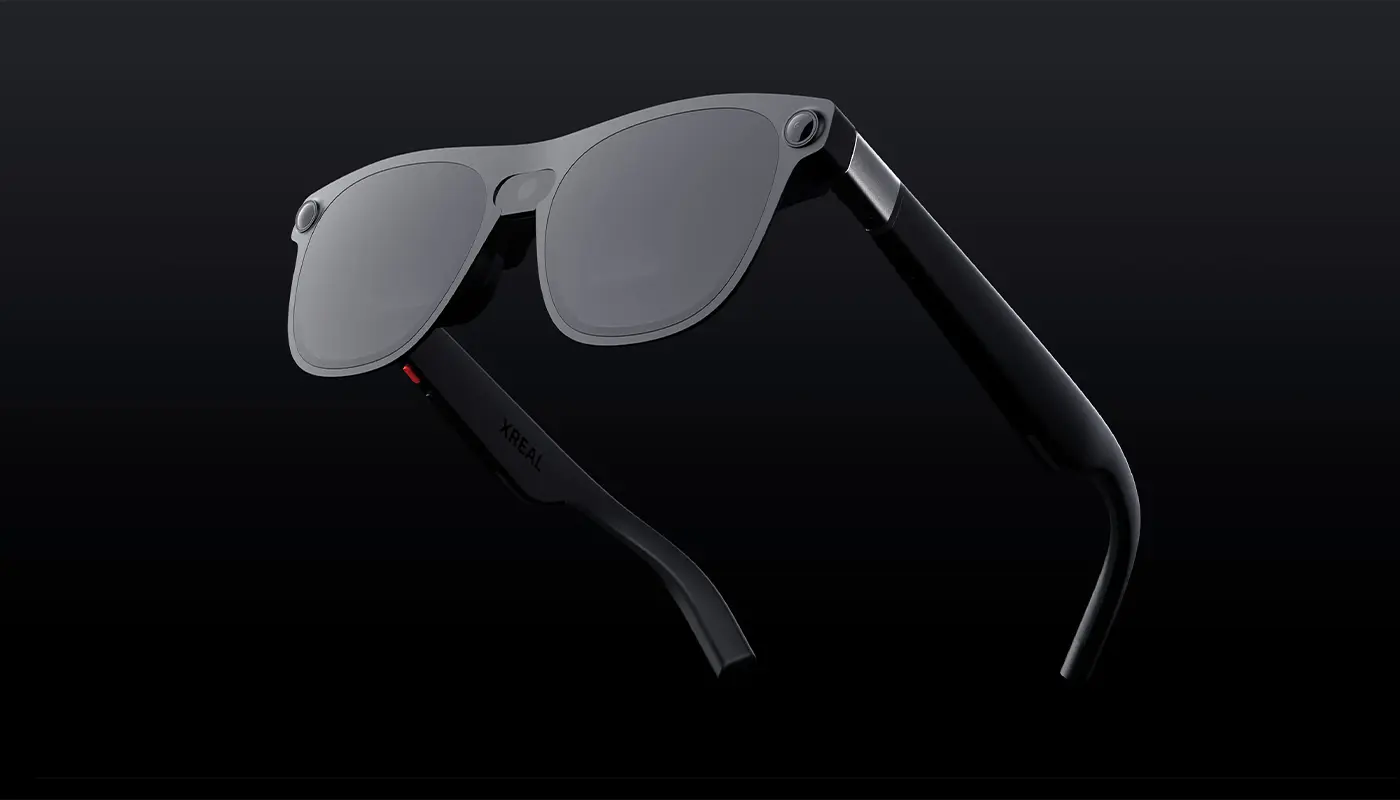Augmented reality startup Xreal has taken a major leap in the race to define the future of spatial computing by unveiling the world’s first smart glasses to run on Google’s newly announced Android XR operating system. The announcement was made during the company’s keynote at the Augmented World Expo (AWE) 2025 in Long Beach, California.
A Collaboration with Google
The new smart glasses, dubbed Xreal Beam Pro Glasses, represent a significant milestone in Xreal’s growing partnership with Google. These glasses are the first consumer device to be powered by Android XR, a version of Google’s Android platform designed specifically for extended reality experiences.
According to Xreal CEO Chi Xu, the collaboration aims to bring immersive, app-rich AR experiences to consumers in a way that’s both affordable and accessible.
“We believe Android XR will become the backbone of spatial computing,” said Xu. “With our Beam Pro hardware and Google’s XR operating system, we’re setting the stage for a new era of wearable computing.”
Xreal Beam Pro: The Companion Device
Alongside the new glasses, Xreal also introduced the Xreal Beam Pro, a smartphone-sized device running Android XR that serves as both a controller and computing hub for the smart glasses. It features a Snapdragon XR2 Gen 2 chip, 5G connectivity, spatial camera sensors, and a custom UI tailored for immersive apps and experiences.
The Beam Pro connects wirelessly with the glasses, enabling low-latency streaming, real-time object tracking, and high-quality spatial video recording — a direct challenge to Apple’s Vision Pro and Meta’s Quest 3.

Challenging Meta and Apple in the XR Arena
Xreal’s move comes as competition in the extended reality market intensifies. Apple launched its Vision Pro headset earlier this year, promoting spatial computing as its next major platform. Meanwhile, Meta continues to push its Quest line, including the newly updated Quest 3 and Quest Pro, which target both gamers and enterprise users.
Xreal is taking a different approach by focusing on lightweight, glasses-style wearables instead of bulky headsets. The company claims it has already shipped over 350,000 units globally, making it one of the fastest-growing AR hardware firms.
Developer Ecosystem and Future Plans
By aligning with Android XR, Xreal is also hoping to attract app developers. The company plans to release its software development kit (SDK) this summer, along with detailed documentation and early access programs for creators.
“We want to foster a thriving ecosystem,” said Xreal’s head of developer relations, Emily Zhang. “Android XR allows developers to build immersive apps using tools they already know — and now they can bring those experiences to real AR glasses.”
Availability and Pricing
Xreal has not yet disclosed the pricing for the new glasses, but the Beam Pro companion device is expected to ship in Q3 2025, with pre-orders starting later this summer. A developer edition of the Xreal Beam Pro is already available for select partners.






